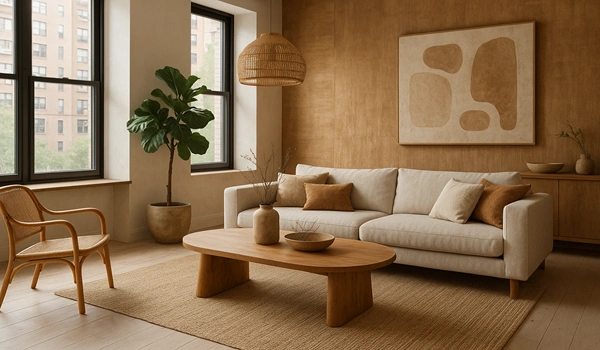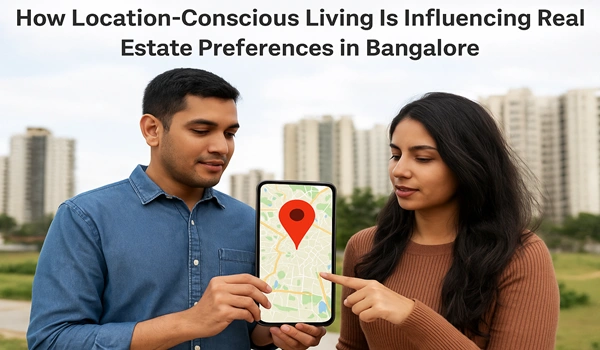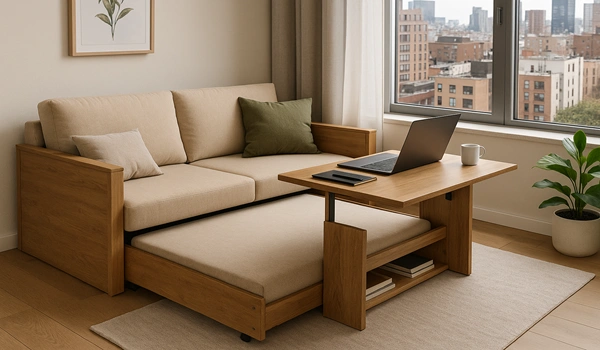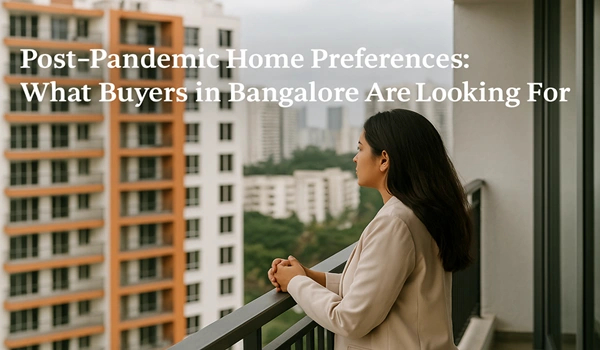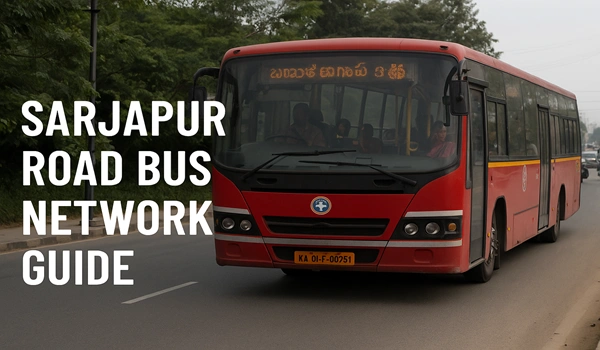Rise of Multi-Use Zones: Blending Living, Working, and Leisure in One Place
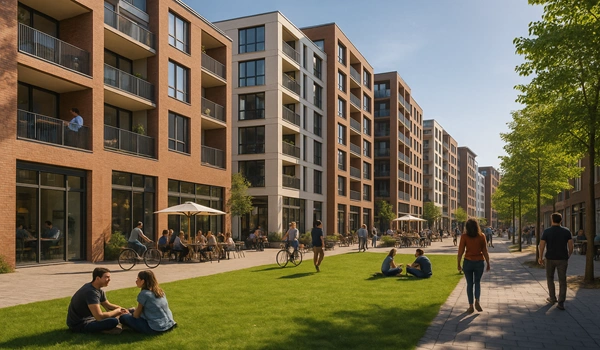
Urban living has undergone a significant transformation in recent years. With changing work patterns, evolving lifestyle needs, and a growing preference for convenience, residential communities are shifting towards integrated environments. Multi-use zones—where living, working, and leisure seamlessly coexist—are becoming a defining feature in modern developments, especially across growth corridors like Sarjapur Road in Bangalore.
These zones offer a comprehensive lifestyle solution, addressing the increasing demand for flexible and efficient spaces. Projects like Birla Evara, located in Kodathi Village, are adopting this forward-looking model to meet the needs of urban professionals, young families, and retirees alike.
Why Multi-Use Zones Are Gaining Popularity
The rise in remote work, lifestyle diversification, and traffic concerns in cities like Bangalore has increased interest in integrated zones that cut down commute time and provide better quality of life. Residents now look for communities where professional productivity, personal relaxation, and social engagement can all happen within walking distance.
Key drivers behind this shift include:
- Work-from-home and hybrid job models
- Desire for convenient access to amenities
- Need for improved work-life balance
- Limited availability of time and open spaces in urban areas
Core Features of a Multi-Use Zone
A successful multi-use space combines utility with comfort. It is not just about creating different zones but about designing them to work in harmony with the resident’s routine.
Common features include:
- Dedicated co-working spaces or business lounges
- Retail outlets and daily essentials within the community
- Fitness zones, walking tracks, and meditation gardens
- Multipurpose halls and event spaces for social interaction
- Play zones and educational spaces for children
In developments like Birla Evara, these elements are thoughtfully placed to create balance and flow throughout the community, enhancing convenience while preserving privacy.
How It Benefits Urban Living
The integration of multiple functions into a single residential project brings several advantages:
- Efficiency: Saves time spent traveling between home, work, and leisure spots.
- Community: Encourages interaction among residents through shared spaces and events.
- Well-being: Reduces stress by allowing a smoother transition between work and personal time.
- Sustainability: Promotes walking and cycling within the community, reducing dependency on vehicles.
Sarjapur Road’s Role in Supporting Integrated Living
As one of Bangalore’s most dynamic corridors, Sarjapur Road has become a hub for such thoughtfully designed communities. With access to IT parks, schools, hospitals, and retail centres, the location is ideal for multi-use developments. Kodathi Village, located close to key social infrastructure, offers the perfect blend of calm and connectivity, making it a sought-after site for innovative residential projects.
Multi-Use Zones: A Step Toward Future-Ready Living
The future of urban housing is no longer about just having a home—it’s about creating a lifestyle ecosystem. Multi-use zones represent this shift by offering flexibility, connectivity, and convenience under one roof. As the city continues to expand and modernise, these spaces are not just amenities—they are necessities.
In emerging neighborhoods like Sarjapur Road, well-planned projects such as Birla Evara are setting benchmarks by integrating work, leisure, and living spaces with precision and purpose. This model of smart urban living is shaping how future communities are designed in Bangalore and beyond.
